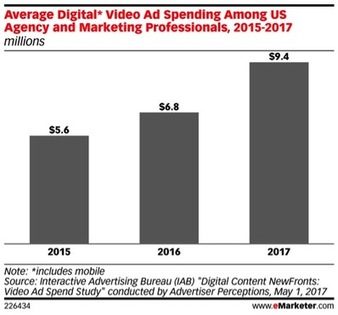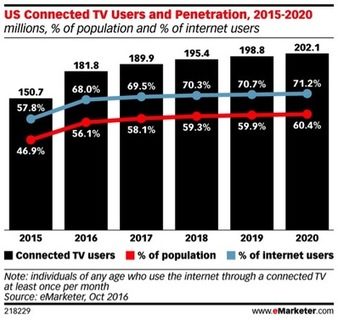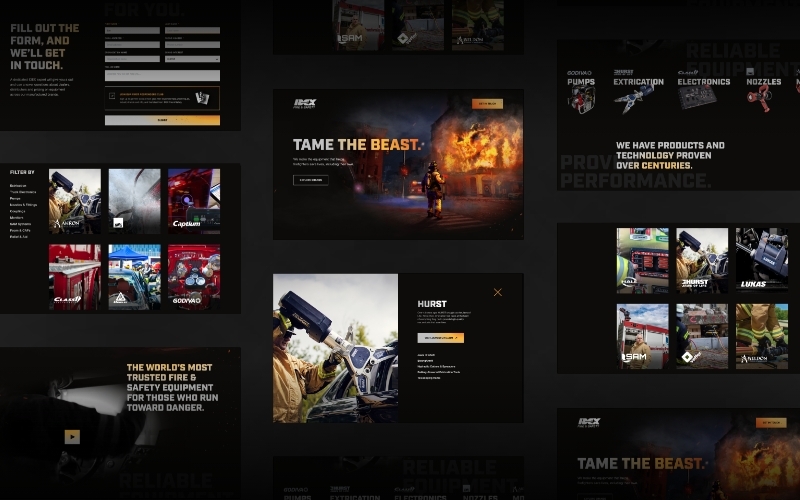Digital Platforms
It’s true: advertisers are now spending more on mobile and desktop than TV. Digital ad revenue swelled to $72.5 billion in 2016, besting TV by $1.2 billion (AdAge).
Ad spend trends have always ebbed and flowed. But this is no ordinary change: in 2016, digital ad revenue jumped 22 percent from the previous calendar year.
Is digital advertising the new 800-pound gorilla, or will TV advertising remain a major player in the marketing landscape?
Why digital advertising is growing
Several factors contributed to the growth of digital advertising and its subsequent, unprecedented surge to the top:
- Digital advertising has a lower cost of entry.
- Digital advertisers can use targeting technology to make a buy as broad or specific as needed. Traditional, linear TV is sold on demo. Advertisers buy against a gender and an age group, but they can’t guarantee only those people will see their ad. In contrast, digital advertising allows marketers to fine-tune their audience at an individual level, especially if they’re working with a vendor that has the ability to 1:1 match.
- Mobile penetration is higher than ever. In 2016, mobile advertising generated 51 percent of all digital ad revenue including more than $17 billion from mobile search.
- Video consumption on digital platforms continues to rise.
Digital advertising is also beneficial for brands that sell big-ticket items like home appliances. These products call for careful consideration and often follow a nonlinear purchase journey. Digital advertising can help support both in-store and online purchases by educating potential customers and guiding them toward checkout.
Advertisers can use programmatic media to automate online buys across desktop and mobile, too. Not only does this allow buyers to streamline buys at scale, but it also gives analysts real-time results and performance insights.
Digital video ad spending is growing rapidly as well. In fact, in 2017, brands will spend almost 40 percent more than in the previous year.

Mobile video consumption shows no signs of slowing down, and placing video ads in the hands of potential customers can be an effective tool to include in your media mix.
Why TV isn’t going away
While digital ad spend is on top, television is still a proven platform with undeniable reach. Effective TV advertising can boost your brand’s image and overall customer perception. Many brands see direct results from dollars spent on television; this ability to measure results also gives marketers confidence in their strategy, a luxury that’s harder to swing with a newer platform like Snapchat.
Consumers’ love for TV isn’t going away. In fact, they still spend more time consuming TV than any specific digital platform. But TV – and the way people consume it – is evolving. For example, today your audience might be catching many of their favorite programs via streaming devices; don’t disregard this space as a chance to get your message in front of them. Over the Top (OTT) media such as Netflix or connected devices for streaming content (anything outside of traditional TV) is growing. And new players, such as YouTube Red and Amazon Prime, are entering the space every day.
Connected TV users – people who watch via streaming devices – are on the rise. The current landscape is also a prime opportunity to get in front of the cord nevers – kids who moved out of their parents’ home but never purchased their own cable subscription.

Bottom line: choose your media mix wisely
Digital is clearly trending upward, but advertisers should avoid the urge to blindly jump on the digital train without first developing a connections strategy.
To determine your ideal media mix, consider the following:
- What are your marketing objectives?
- Who are you trying to reach?
- What is the primary action you want your audience to take?
Understanding the big picture can help you determine:
- What types of media your target audience consumes
- What channels they use to learn more about products, get advice and make decisions
- What types of media they consume at that critical moment when you want them to take action
It’s important to balance short-term metrics such as clicks and video views with long-term metrics such as ad awareness and ROI.
The future of ad spending
Ad spend trends are like the pendulum that never stops swinging. We can quantify short-term digital results now, but it will be a few years before we’re better able to understand the long-term, big picture of a digital-driven world.
From a buying perspective, programmatic media will only continue to grow. In 2018, three-quarters of digital video will be done through programmatic buying. And while automated buys are already in full force in the digital realm, we’ll also venture further into automating buys for TV and radio. This will pave the way for media planners and buyers to focus more on thought leadership and strategy. The TV ad model will also shift to become more personalized to consumers, an area in which digital advertising already excels. Consumers will become accustomed to content, information, and shopping capabilities at their fingertips. As marketers, our agility enables us to quickly adapt to these changes, further helping our clients navigate and succeed in an ever-changing landscape.
You might also be interested in:


